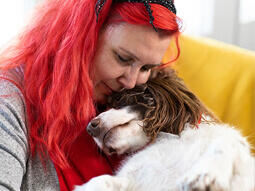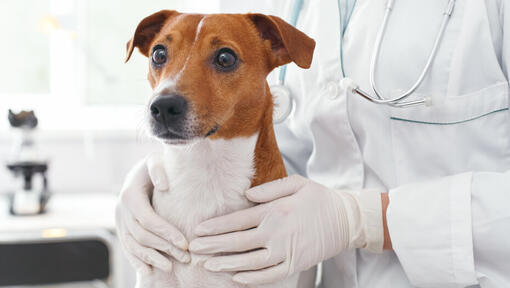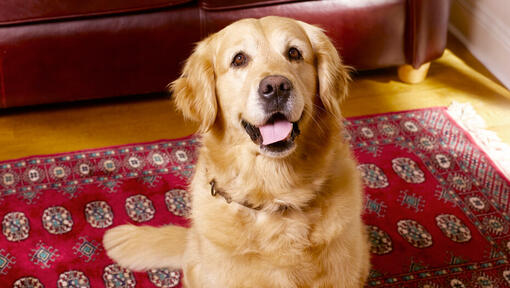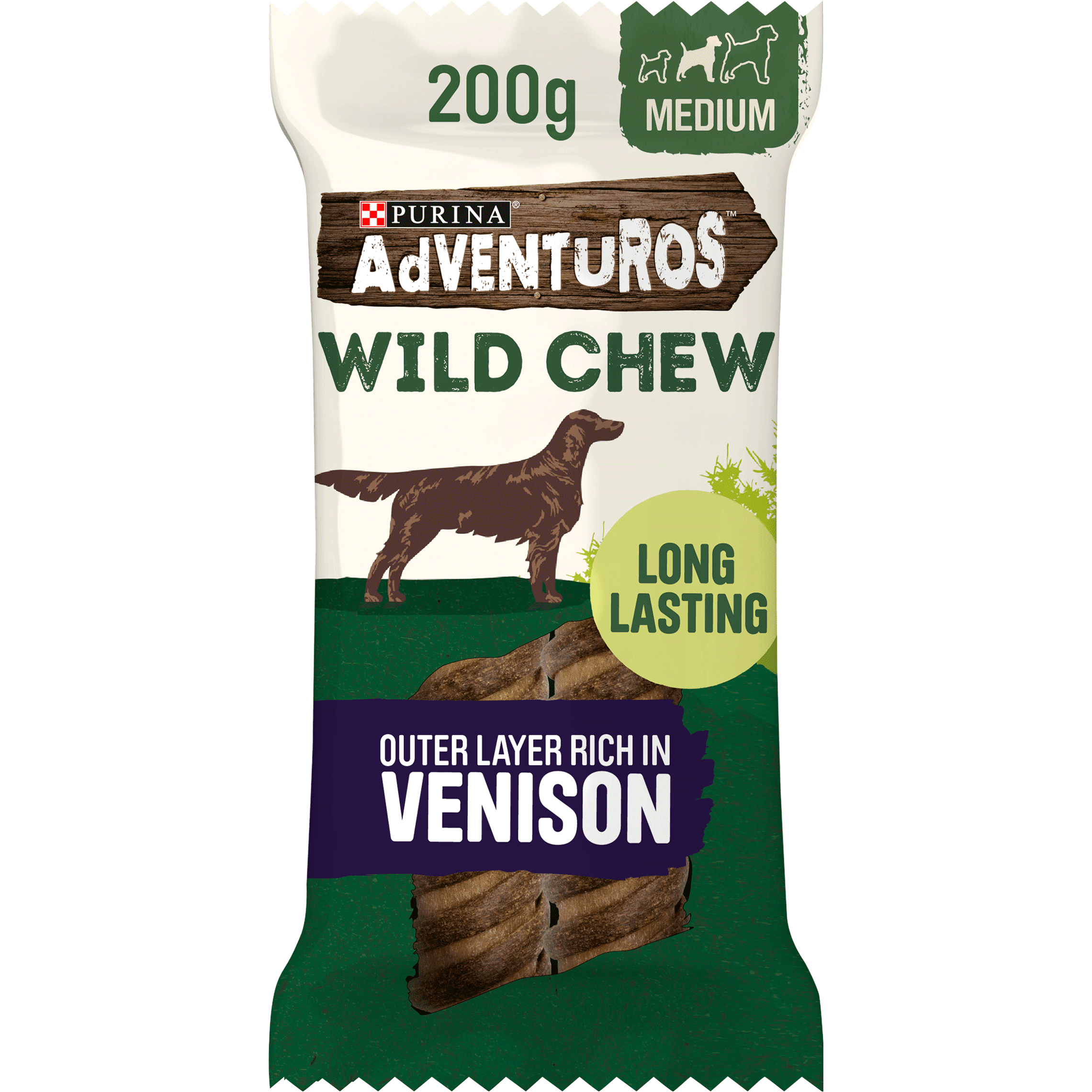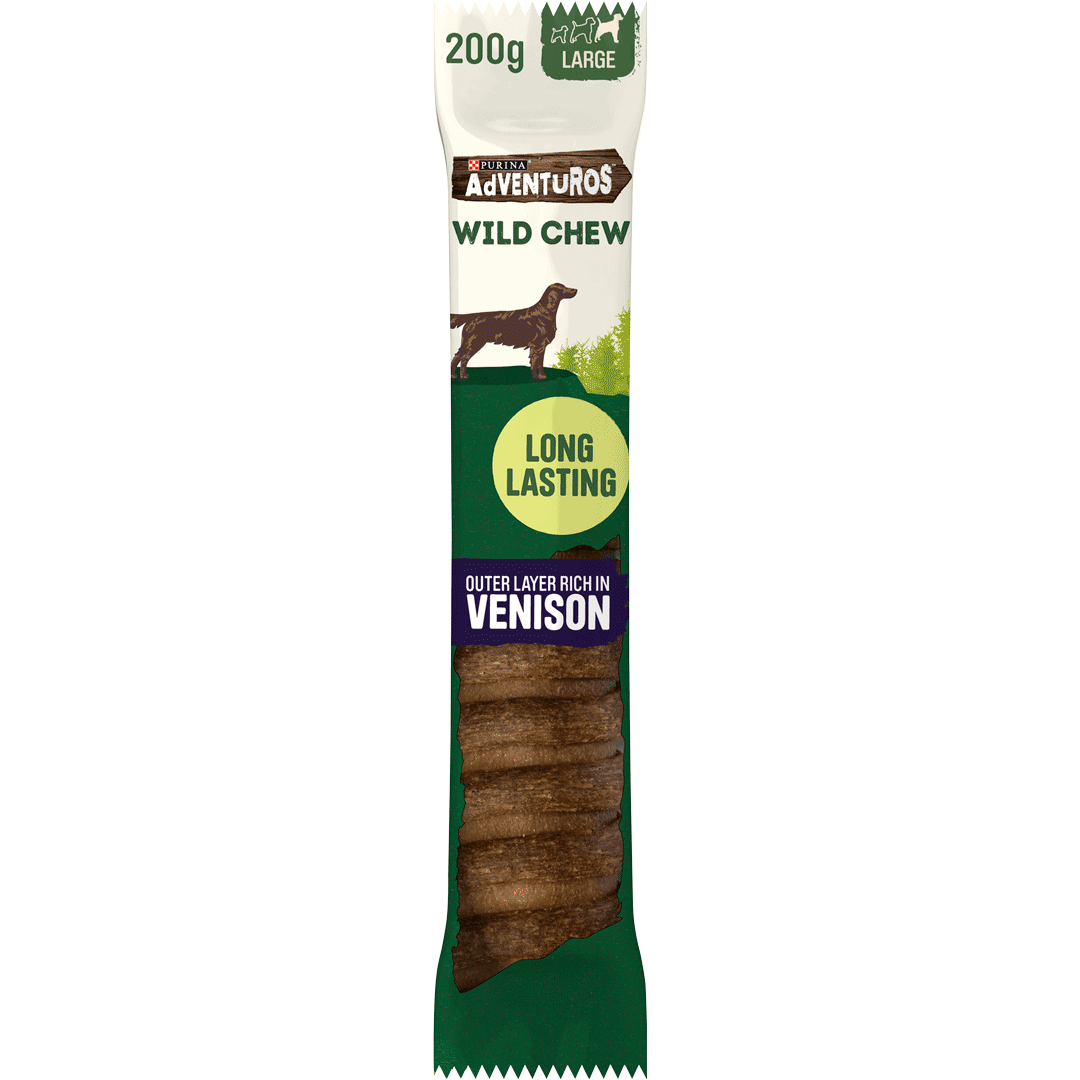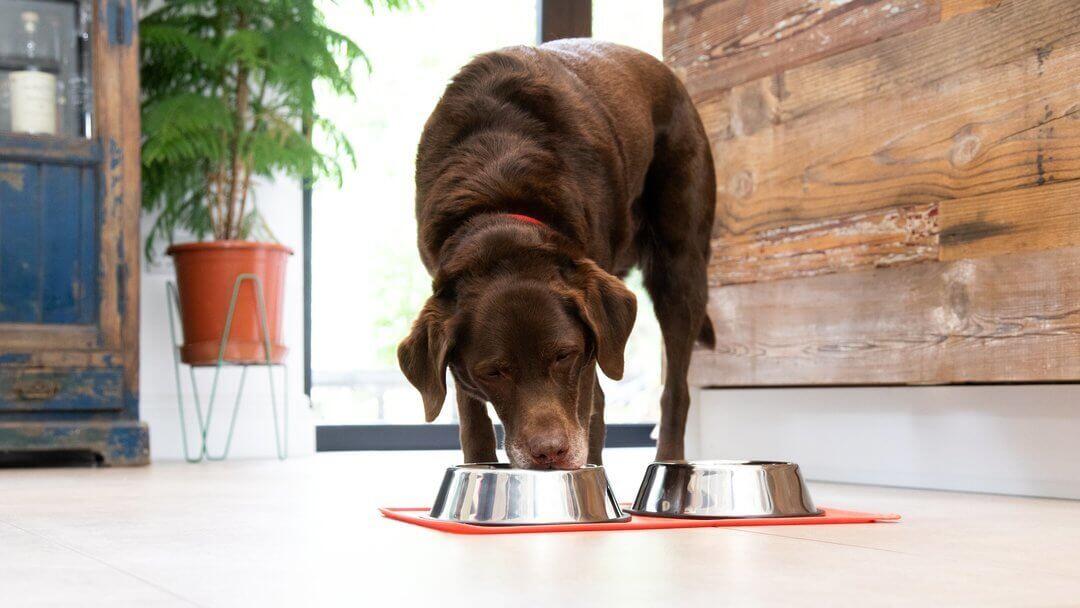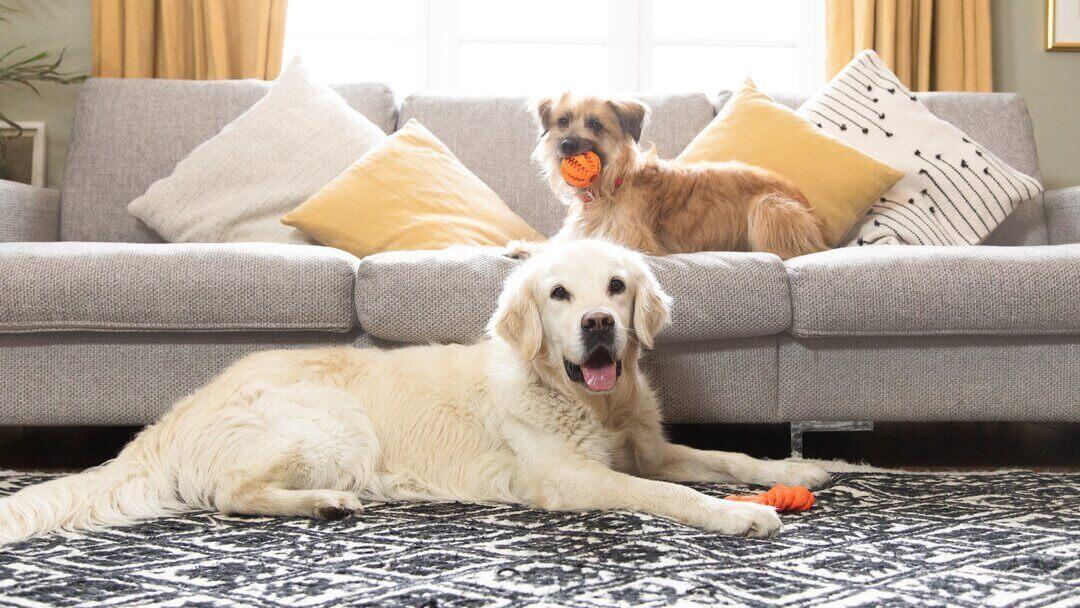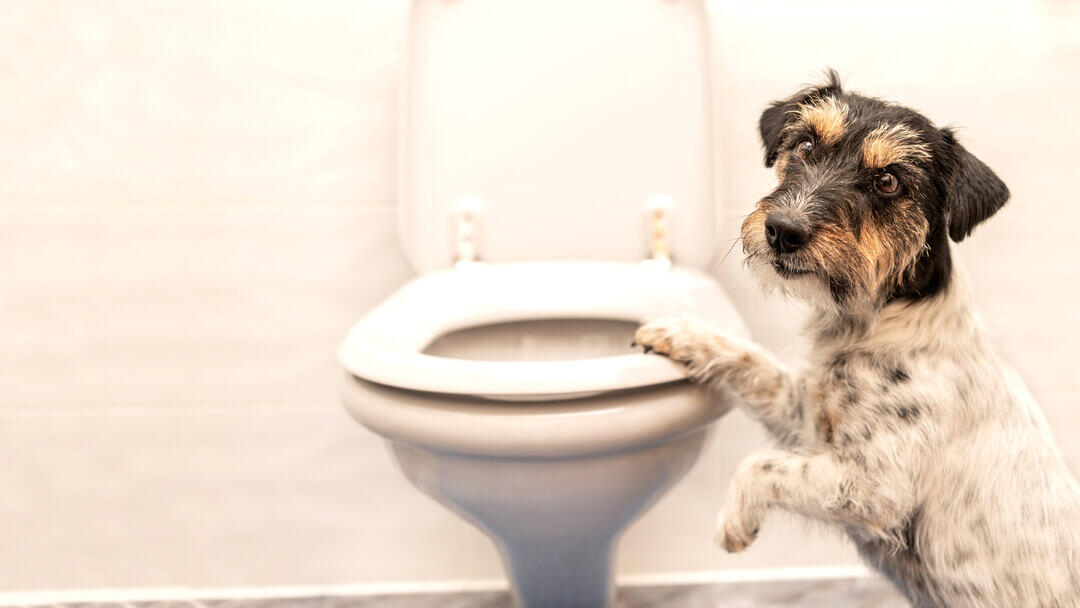
Dog scooting is often considered a sign of rambunctious behaviour, but there are cases when it should prompt a call to the vet. Find out more about the unusual behaviour and what you can do to make sure it doesn’t happen again.
What is dog scooting?
Dog scooting is a behaviour you may have already noticed in your pet. It happens when they sit down and start dragging their bottom across the ground, whether it’s the kitchen floor, the grass in the park or their old favourite – the living room carpet. And although it can be a cause for a good chuckle, an embarrassing moment or just plain annoying, dog scooting should also prompt pet owners to wonder if there is an underlying condition that needs to be addressed.
Why do dogs scoot?
Here are some of the most common reasons why dogs start dragging their bum on the ground.
Intestinal parasites
Dog scooting can also be a sign that worms are involved. Intestinal parasites such as roundworms or tapeworms are common in dogs. Puppies can get infected with roundworms from their mother’s milk, while fleas can be the carrier for tapeworms larvae. Here is a list of the different types of worms in dogs and how the vet can help you get rid of them.
Anal gland issues
Scooting can be caused by anal glands that are full. If this is the case, your dog’s ground gyrations might be an attempt to alleviate some of the painful pressure.
Anal gland rupture, infection or even tumour are other possible issues which makes it difficult for the owners to tell what exactly is causing the behaviour. A visit to the vet is recommended for a proper diagnostic.
Food allergies
Your dog’s anal glands might not function properly due to digestive problems caused by food allergies or intolerances. Pay attention to other gastrointestinal signs like vomiting and get in touch with the vet if you suspect they’ve ingested an ingredient they’re not able to digest.
Skin allergies
Skin allergies can cause irritation and therefore intense itching and scratching. Find out more about the different types of dog allergies and what to do when you notice the symptoms.
Neurological causes
Dogs might also display unusual behaviour as a sign of cognitive decline or other neurological problem. If your older dog starts dragging their bum on the floor and you notice increased restlessness and vocalisation, make sure you discuss these symptoms with the vet.
Matted hair
Dog scooting can be caused by matted hair around their bottom. This is particularly prevalent in long-haired dog breeds. But with regular grooming this can be easily avoided. Check out our easy dog grooming tips in this handy guide for dog owners.
What is the treatment for dog scooting?
There are many solutions to dog scooting, including making changes to your dog’s diet. Although the vet will recommend the most suitable treatment depending on what is causing the behaviour, here are a few common suggestions:
More water
Whether it’s adding food with increased moisture to their usual meal or encouraging the dog to drink more water, hydration plays an important role in alleviating many digestive problems that could lead to anal gland issues.
More fibre
A diet with good levels of fibre allows anal glands to express on their own as the stool becomes firmer. A good source of fibre is the bran of oats, rice and wheat which you can get from complete, manufactured dog food.
More exercise
Introducing an extra session of dog exercise a day and encouraging more playtime will make life not only fun, but also easier for your pet, as movement also helps emptying the anal glands.
Other solutions for dog scooting
A visit to the vet might reveal other causes for the dog scooting behaviour, so depending on what the diagnostic is, the treatment can involve any of the following:
- Antibiotics if an abscess is discovered.
- Expressing the anal glands.
- Medication to get rid of intestinal parasites.
- Anti-inflammatories to help with the swelling.
When to see a vet about dog scooting
If you notice your dog scooting, gently lift up their tail and check for anything out of the ordinary: redness, injury or swelling. If your dog becomes increasingly distressed and starts scooting often, you should discuss the symptoms with the vet.
Next, find out more about some of the most common digestive problems in dogs and the ways to help your dog get back on their paws in no time!

